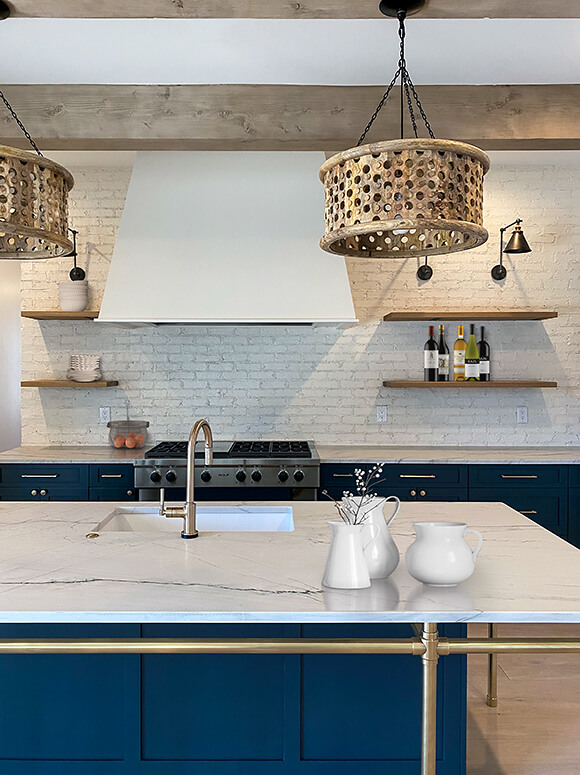Transform Your Kitchen's Appearance with One-of-a-kind Legs For Kitchen Island Devices
Transform Your Kitchen's Appearance with One-of-a-kind Legs For Kitchen Island Devices
Blog Article
A Guide to Choosing the Perfect Legs For Kitchen Island for Your Home
Picking the excellent legs for your cooking area island is a nuanced decision that affects both the performance and visual appeal of this main area. Factors such as height, materials, and style play an essential role in harmonizing your island with the general kitchen area layout. In addition, understanding the significance of stability and maintenance can considerably influence your option. As you think about these components, it comes to be noticeable that the appropriate legs can change not just the appearance of your cooking area yet additionally its use for several years to come. What specific features should you prioritize in this selection procedure?

Comprehending Kitchen Island Legs
When picking legs for a kitchen island, it's vital to comprehend their useful and aesthetic functions in the total layout. The legs work as a critical support group, making certain stability and longevity for the island, which typically operates as a workspace, dining location, or collecting spot. The choice of material and building method have to be robust enough to endure everyday use and prospective wear.
Along with their structural duties, legs contribute significantly to the island's aesthetic appeal. They can enhance the kitchen's style, whether with standard, modern, or diverse designs. The height and proportion of the legs are also vital factors to consider; they must balance with the island's counter top height while making sure comfortable seating for those making use of the area.
Additionally, the leg layout can affect the overall circulation of the cooking area. Open, ventilated leg styles can create a sense of lightness, while strong, significant legs may share a much more based and stable visual - Legs For Kitchen Island. Recognizing these practical and visual elements will guide property owners in making informed choices that complement their kitchen area's style and enhance its usability
Popular Styles and Materials
The selection of legs for a kitchen area island incorporates a variety of prominent designs and materials, each offering special characteristics that can improve both capability and visual appeals. Typical legs generally display luxuriant details and craftsmanship, boosting timeless kitchen area styles.

Height and Security Considerations

The legs of the kitchen island need to offer ample support, making sure that the structure can hold up against daily usage without tottering or shifting. Material choice plays a substantial role in security; steel legs, for instance, have a tendency to use greater stamina contrasted to timber.
Matching Your Kitchen Visual
Choosing the ideal legs for your kitchen area island goes past capability; it additionally plays a substantial duty in the total visual of the room (Legs For Kitchen Island). When picking legs, take into consideration the layout style of your cooking area.
Legs that complement or comparison with your island's surface area and surrounding kitchen cabinetry can produce visual consistency or striking focal factors. Additionally, take into consideration the surface of the legs; matte, glossy, or distinctive surfaces can considerably influence the general feel of the cooking area.
Setup and Maintenance Tips
Setting up cooking area island legs needs mindful attention to information to ensure both stability and visual appeal. Utilize a stud finder to locate wall studs if you are affixing the legs to a wall or utilizing braces for included support.
When protecting the legs, make use of premium screws and, if essential, wood adhesive for additional stamina. For steel legs, make certain that you are using proper supports and devices to avoid damage to your floor covering. It is advisable to inspect for levelness after setup, making changes as required to avoid wobbling.
Maintenance is similarly crucial for long life - Legs YOURURL.com For Kitchen Island. Routinely inspect the legs for any kind of signs of wear or loosening, especially in high-traffic areas. Clean the legs with an appropriate cleaner, staying clear of unpleasant products that might damage the surface area. For wood legs, consider applying a timber conditioner occasionally to keep their coating. By following these installation and upkeep ideas, you can make sure that your kitchen area island legs stay both practical and visually attractive.
Verdict
To conclude, picking the ideal legs for a kitchen area island requires careful factor Website to consider of elevation, stability, and aesthetic compatibility. By picking ideal products and styles that line up with the total kitchen area design, capability can be improved while maintaining aesthetic charm. Proper installment and continuous maintenance better add to the sturdiness and longevity of the cooking area island. Eventually, thoughtful leg choice plays a vital role in boosting both the functionality and design of the kitchen area space.
When choosing legs for a kitchen island, it's necessary to understand their aesthetic and practical duties in the overall style. Open, ventilated leg styles can create a feeling of agility, while strong, substantial legs may share a more grounded and secure visual. The legs of the kitchen island must provide sufficient assistance, making certain that the structure can endure day-to-day you could try these out usage without wobbling or shifting.Mounting cooking area island legs requires careful attention to detail to make sure both security and visual allure.In conclusion, selecting the appropriate legs for a kitchen area island demands careful consideration of height, stability, and aesthetic compatibility.
Report this page